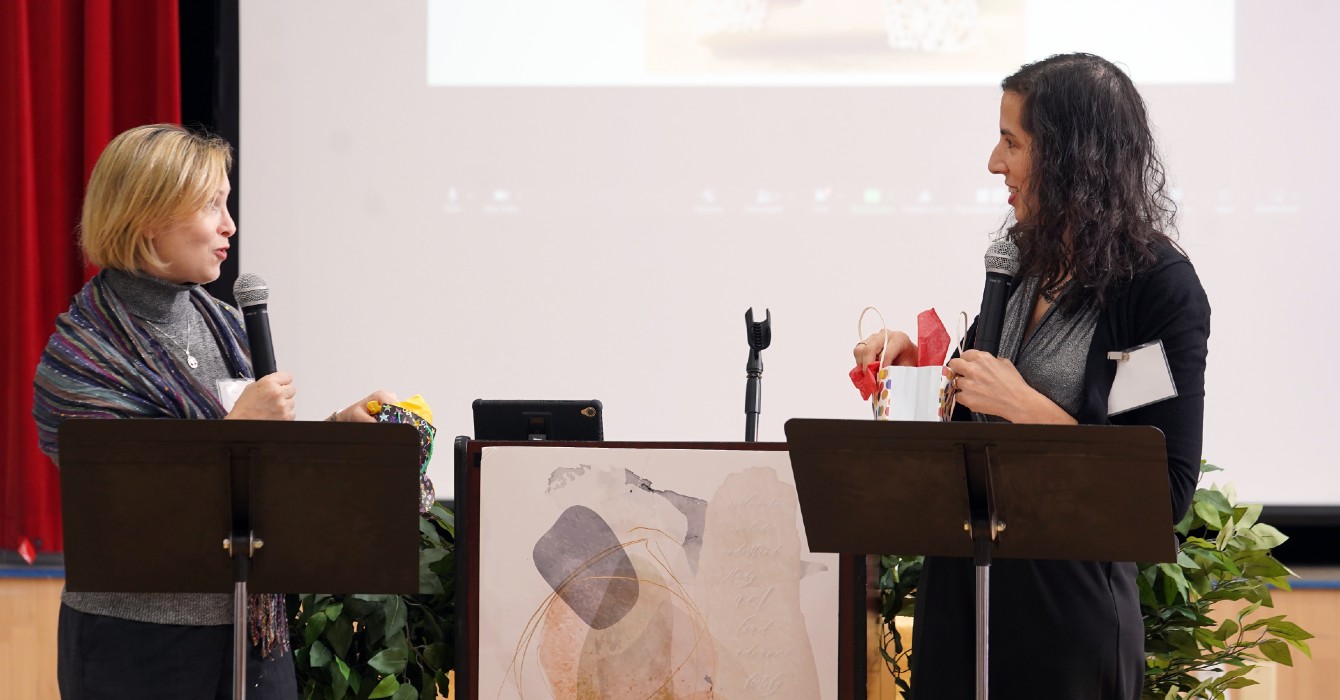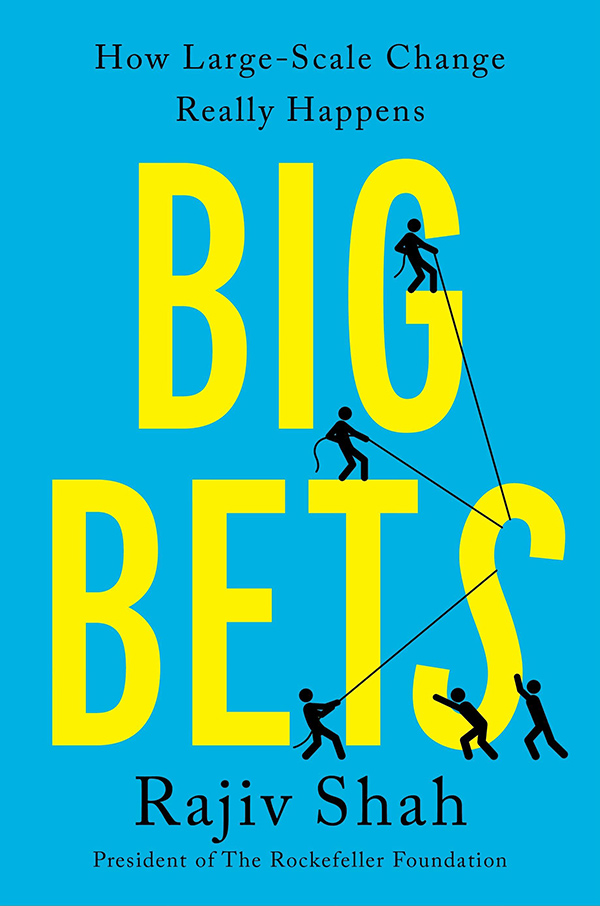Sitting across from me at a coffee shop in Nashville is a young woman. Like many in Music City, she is a country singer who is trying to make it big. This particular Friday morning, she is setting up appointments with potential managers, hoping to find the one who can take her from playing bars to playing stadiums.
“You have to have a manager to navigate this town,” she tells me. “You need someone who can go to the record labels and make the pitch for you. It’s almost impossible to walk in by yourself, and you really can’t walk in by yourself if you have a sound that is different than what you hear on the radio.”
“Why is that?” I ask.
“Well, what the managers are telling performers now is that the big labels have a computer program that they use to assess your sound’s potential. They take your song, upload it, and then this algorithm compares it to the No. 1 country hits for the past so-many-years. If your song has the same markers as the hits, they might take a chance on you. If it doesn’t -- if your sound is too different from what has hit No. 1 already, no one’s going to take a chance.”
“I don’t really listen to a lot of country music, but does this start to explain why more and more country music sounds alike?” (I asked this with a little fear because of the implicit judgment in the question.)
“Oh, absolutely. The labels are betting on the sounds that have been tested by the market and have succeeded. Those of us who are trying to do different things are really out of luck.”
The corollaries to other industries and institutions are striking. Even without a computer’s algorithmic blessing, it is easy for leaders to do exactly what the record labels are doing -- we study what has worked and replicate it wherever and whenever possible. And to be fair about it, there is a certain genius in this conservative strategy. It can allow for an institutional efficiency that is conducive to success and sustainability. It can also create a certain desirable reliability and stability within institutional life.
There are two obvious problems with this approach, though.
First, it can lead to an overreliance on a particular pattern that could easily fail to acknowledge how circumstances, contexts and culture are changing. It’s the institutional version of Mazlow’s hammer (“if all you have is a hammer, everything looks like a nail”).
This is the failure to do the kind of sustaining innovation that invigorates and refreshes institutional life. Each denomination or institution could offer examples of overplayed answers to questions that are no longer being asked.
Second, this strategy can blind a leader to the gifts of the creative outlier who is ahead of context and culture. This is the one that is engaged in the kind of disruptive innovation that will ultimately change institutions and industries given enough time; they are notoriously hard to spot in advance but easy to identify in hindsight.
Christian institutional leaders who want to nourish innovation do well to study what has worked and what is working, but to view past success as the primary indicator of future promise is both limited and limiting.







